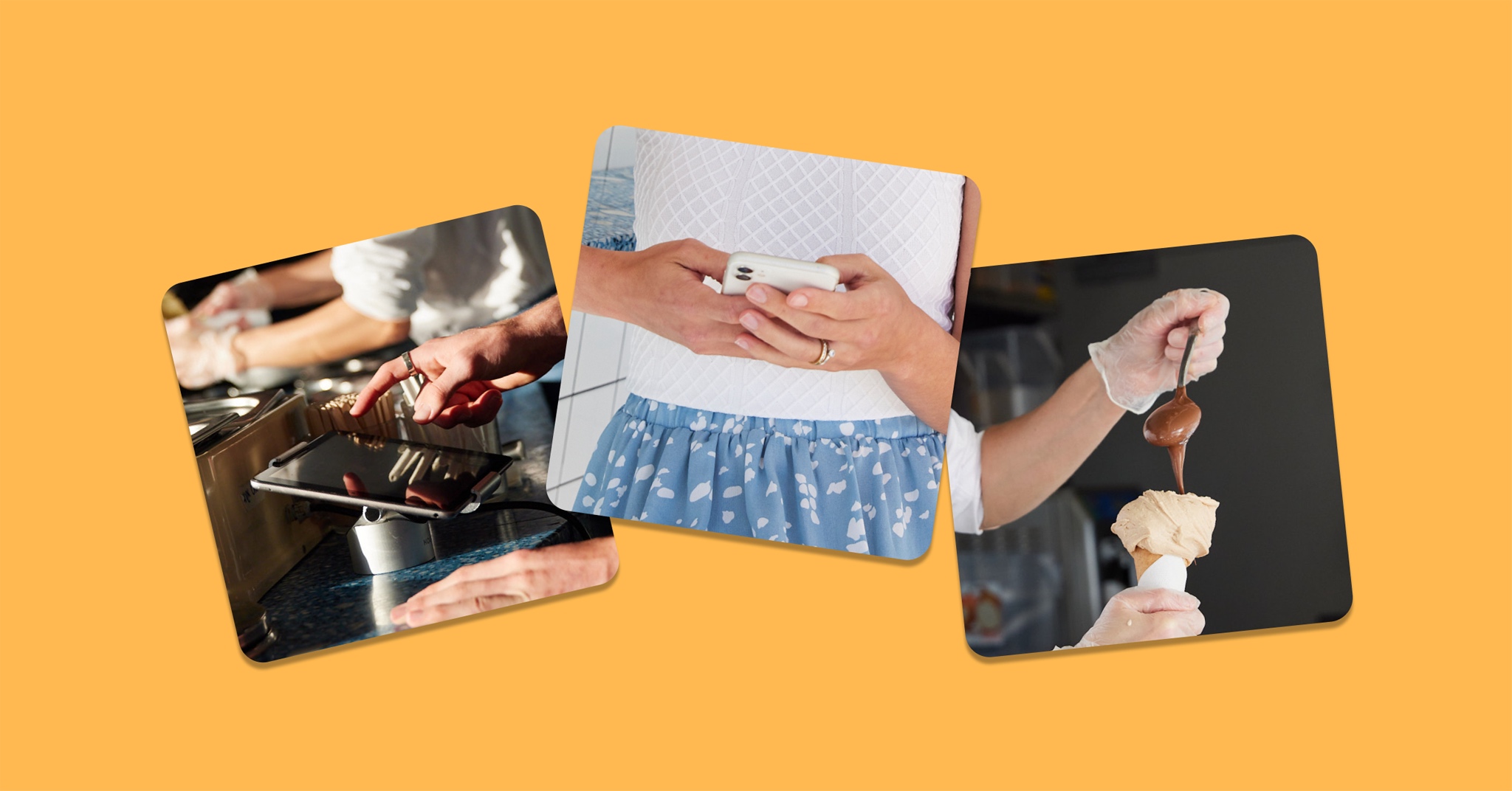
Did you know that around 80% of a business’s profits come from 20% of its customers?
This is a phenomenon called the Pareto principle, or more colloquially the 80/20 rule.
It was coined by management consultant and engineer Joseph Juran, who was influenced by the work of Italian economist Vilfredo Pareto (hence the name).
In 1906, Pareto realised that 80% of land and wealth in Italy was owned by 20% of its population. At the time, Pareto speculated that the effect might be ubiquitous or even a natural law.
By the 1940s, Juran began to apply this principle more broadly, noticing that around 80% of effects come from 20% of causes. Since his work, the Pareto principle has been found everywhere from business to politics, from sports to taxation.
So what does this have to do with us and our regular customers? Let’s find out.
- The 80/20 rule for hospitality businesses
- What is the purpose of a loyalty program?
- Isn’t a loyalty program just another discount tactic?
- 6 ways loyalty programs increase revenue
- As a hospitality business, what should I look for in loyalty software?
- Lightspeed Marketing & Loyalty
The 80/20 rule for hospitality businesses
For hospitality businesses, here’s what the 80/20 rule means:
- 80% of your profits come from your most valuable customers (the top 20% of your customer base).
- The other 80% of your customers only contribute around 20% of your total profits. These customers make up all of your one-time shoppers, infrequent visitors, and any other more casual consumers.
So, while it can be tempting to focus on customer acquisition (everyone loves getting new customers), marketing to your existing customers is actually much more profitable for established merchants.
If you want to get the most out of your marketing effort and spend, it’s that golden 20% of customers that you should be looking to.
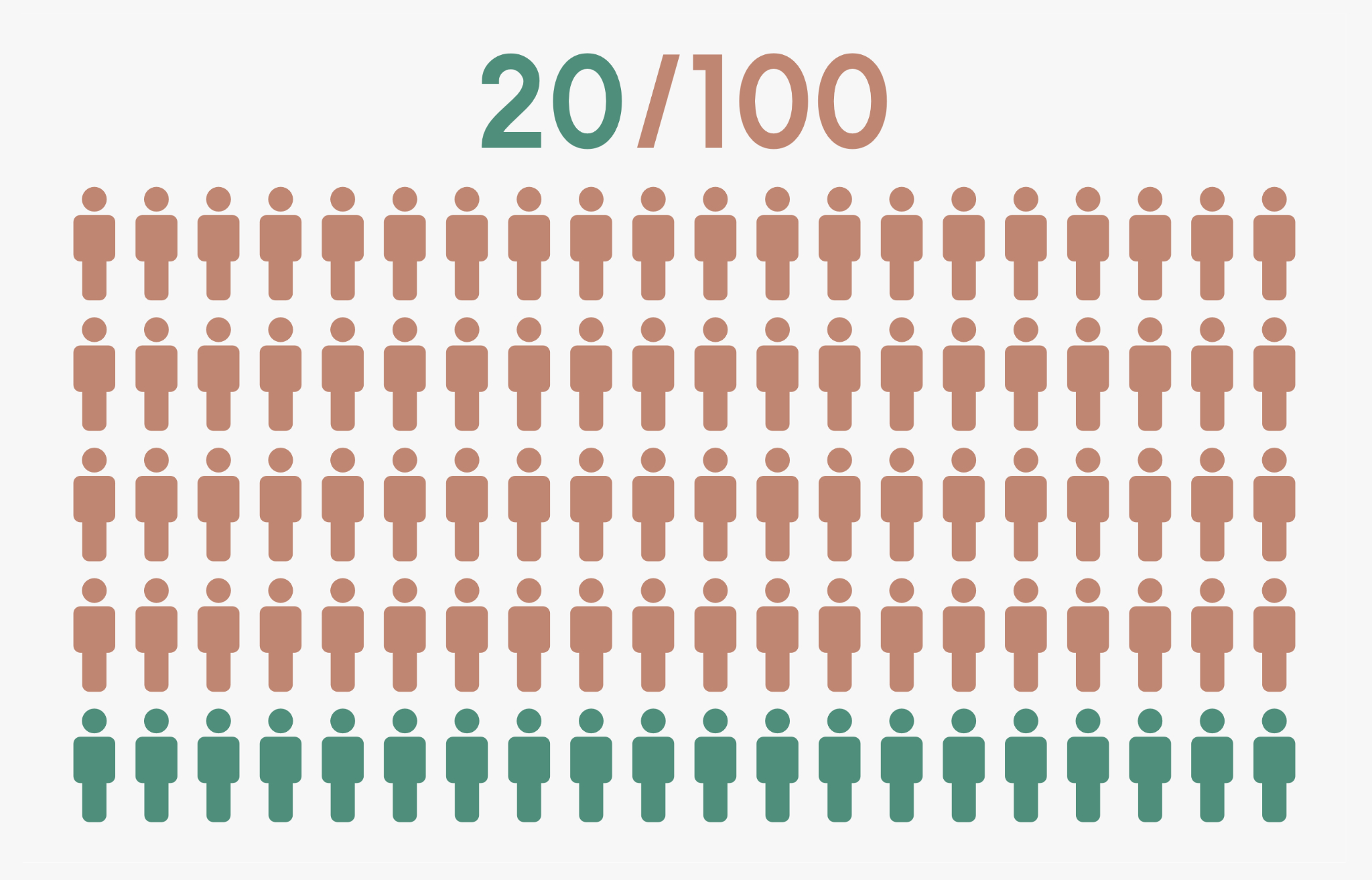
The 80/20 rule can be a game-changer for your marketing strategy. When you shift your focus away from acquisition, some of the tools and tactics you need change dramatically.
Think about it – do you really know your regulars? Could you email them, or send them an SMS? Could you work out exactly how much they spent in the last month? To market to your most valuable customers, you need to know who your customers are, how much they’re spending, and most importantly you need to know how to reach them.
This is the kind of data you need to effectively drive revenue from repeat business. And that’s where a loyalty program comes in.
What is the purpose of a loyalty program?
Loyalty programs focus on marketing to your existing customers with the goal of retention and encouraging repeat purchases. Their purpose is to deliver the best customer experience possible to your most valuable regulars.
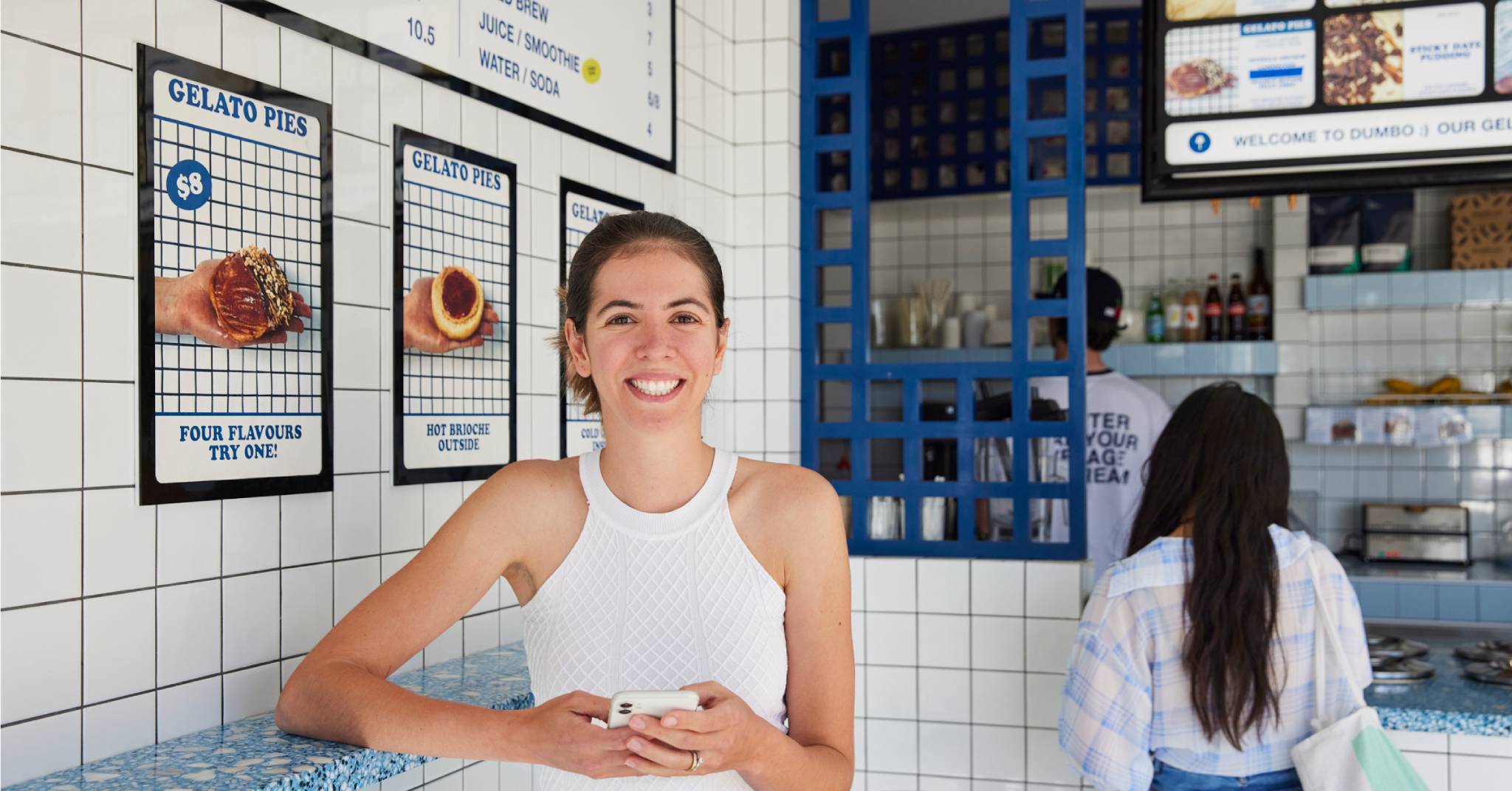
Loyalty programs are also great because they help you keep track of a customer’s every purchase. Your regulars can identify themselves at POS simply by scanning their card or account QR code.
This means you collect data to understand your customers and audience segments so you can tailor your marketing with the utmost precision.
Isn’t a loyalty program just another discount tactic?
In the early days, a lot of merchants really bought into discount tactics, but many hospitality businesses found that these customers didn’t stick around.
Loyalty programs operate very differently from discount programs.
Discount tactics attract new customers with cheap prices, but these customers are highly unlikely to come back. Discounting as an acquisition strategy is ineffective because it brings in customers looking for the cheapest price—almost by definition, these people are the least likely to establish an ongoing relationship with merchants.
On the other hand, loyalty programs reward customers on a sliding scale: the more they spend and refer other customers, the more they benefit from the program. While discounts might play a part in your loyalty program, the impact is to enhance an existing relationship, not to try and build one from scratch.
6 ways loyalty programs increase revenue
1. They mitigate price perception
In a survey of consumers by KPMG (2016), 60% of participants said they would shop at a store with slightly higher prices in order to earn a loyalty program reward. In these cases, the customer perceives the value of the reward to be greater than the price difference.
2. They create memorable customer experiences
In the same KPMG survey, 75% said that they would give “rave reviews” to at least one of the loyalty programs they’re involved in. More than two thirds admitted they had made a special trip to a store in the past 6 months to redeem a loyalty reward.
Loyalty programs enhance your relationships with your customers. By giving them rewards for their repeat business, you establish a feeling of reciprocity, meaning they’re even more likely to come back.
3. They give customers a reason to come back to you over a competitor
To clarify, by “loyal customer” we don’t mean someone who exclusively comes to you. Just like people can have more than one friend, they have more than one cafe they frequent. In reality, people have a group of cafes, bars, and restaurants that they go to, and the decision-making process can be fickle or even random.
However, you have an opportunity to be an active, rather than passive, actor in this decision-making process. If they’ve got points to redeem, that might be what it takes to get them through your door.
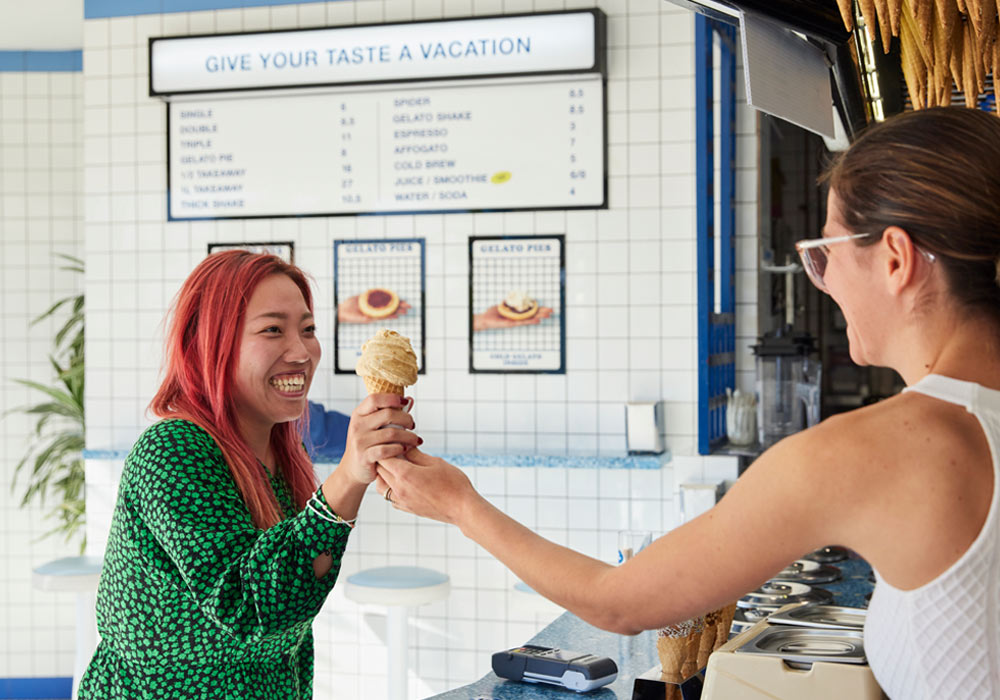
4. They are proven to increase average order size
Loyalty programs are proven to increase the average revenue generated per transaction.
How? A study by Manta and BIA/Kelsey (2014) found that regulars spend 67% more than new or one-time customers. Because loyalty programs incentivize customers to come back time and time again, their repeat business will increase your average order size.
5. They increase your repeat purchase rate
A loyalty program can be the difference between a customer and a regular. When you increase repeat purchase rates by as little as 5%, you can see your revenue jump by anything between 25%-95%.
Let’s look at Pinjarra Bakery, home of Australia’s best meat pie. When Pinjarra Bakery started running a loyalty program, they saw 58% of customers returning a second time and visiting an average of 5X per month.
6. They help you reach lookalike audiences
Have you ever thought, “I wish I could attract more people like my regulars”?
I know we’re talking about keeping your existing customers in your orbit, so this is cheating a little bit. But it’s worth mentioning that loyalty programs can actually help you acquire new customers too. Through your loyalty program, your regulars are incentivized to refer their friends, family, or workmates. That means you’ll reach people who are very similar to your most valuable customers – powerful stuff.
As you build data, you’ll even be able to see who your most valuable referrers are, and directly attribute revenue to those customer channels.
As a hospitality business, what should I look for in loyalty software?
When it comes to converting customers into regulars, hospitality businesses have their own unique challenges. Here are some features you want to look for in a loyalty program to make it easier to build customer relationships.
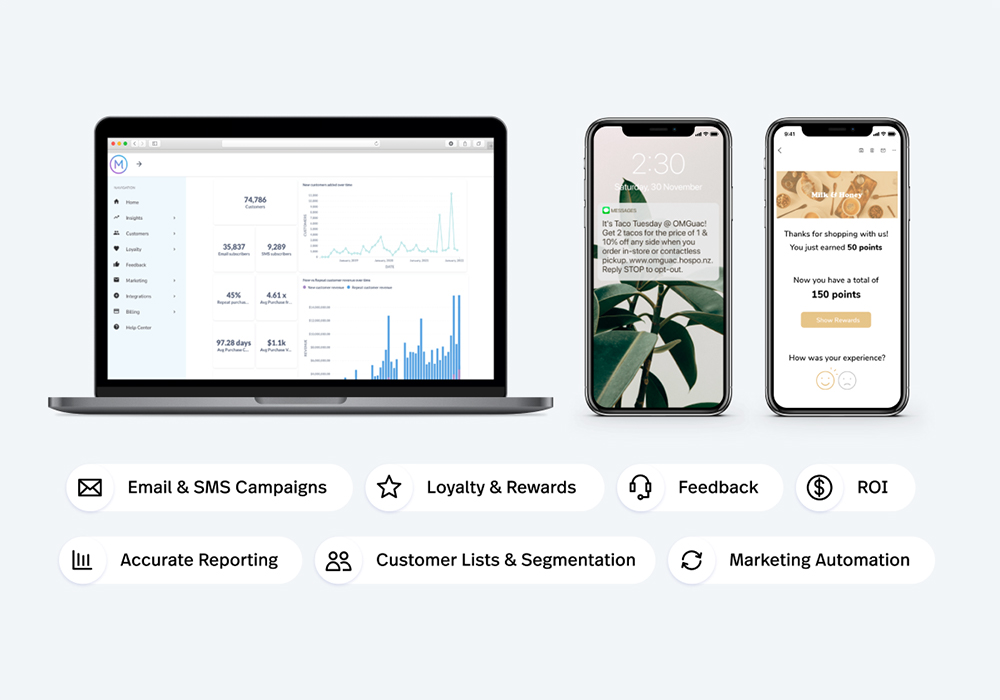
- Fast and painless for staff to sign up customers at POS
- Easy-to-run points campaigns (for example, double points days)
- QR codes for customers to sign up from print media on or off site
- Customer portal for regulars to quickly check their points and available rewards
- Segmentation capabilities (so you can determine your best customer groups and what they like, within seconds)
- Venue or event tracking (so you can see where customers are signing up)
- Automations that trigger emails or SMS messages when customers meet certain criteria (e.g. “You’ve hit 1000 points! Check what rewards you’re eligible for…”)
Lightspeed Marketing & Loyalty
Lightspeed Marketing & Loyalty makes it easy to set up a loyalty and rewards program to increase repeat visits with no apps or websites required.
- Easy to get started with QR code sign up
- Customers can receive and redeem points in-store or online
- Offer dollars, discounts or products as rewards
- Award points for purchases, social actions or referrals
- Create exclusive membership tiers and offers
- Send points balances and reminders

News you care about. Tips you can use.
Everything your business needs to grow, delivered straight to your inbox.



